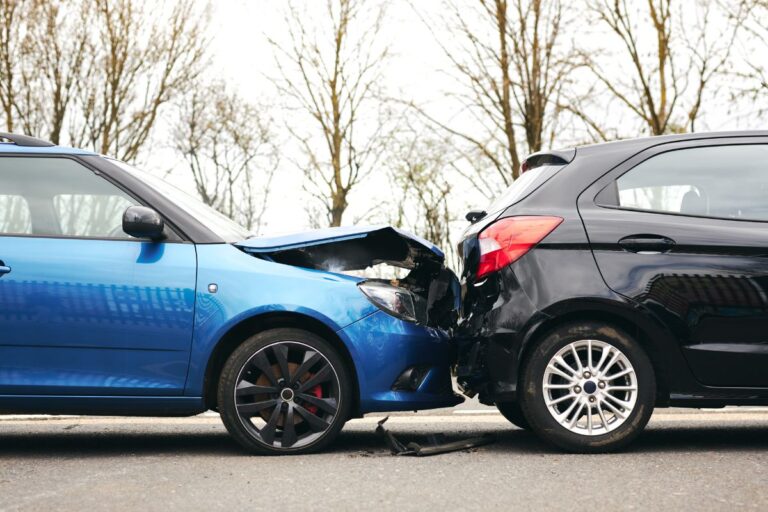Auto insurance is not just a legal requirement in most places — it’s a financial safety net that protects you, your vehicle, and others on the road. Whether you’re a first-time driver or someone looking to lower your premiums, understanding the basics of auto insurance is essential to making smart decisions and staying protected.
In this guide, we’ll cover the types of auto insurance coverage, factors that affect your premiums, and effective ways to save money on your policy. We’ll also point you to resources where you can compare quotes and make informed choices.
What Is Auto Insurance?
Auto insurance is a contract between you and an insurance provider that offers financial protection in the event of accidents, theft, natural disasters, and more. In exchange for paying a monthly or annual premium, the insurer agrees to cover certain costs, depending on the type of coverage you choose.
There are multiple types of auto insurance, and choosing the right one depends on your vehicle, driving habits, and budget.
Types of Auto Insurance Coverage
-
Liability Coverage
This is the most basic and legally required form of coverage in most states. It includes:-
Bodily Injury Liability: Covers medical expenses for injuries you cause to others.
-
Property Damage Liability: Pays for damage you cause to another person’s property, usually their car.
-
-
Collision Coverage
This helps pay for damage to your own car if you’re involved in a crash, regardless of who’s at fault. -
Comprehensive Coverage
Covers damage from non-collision events like theft, vandalism, fire, floods, or hitting an animal. -
Uninsured/Underinsured Motorist Coverage
Protects you if you’re hit by a driver with no insurance or inadequate coverage. -
Personal Injury Protection (PIP)
Pays for medical bills and sometimes lost wages for you and your passengers, no matter who caused the accident. -
Gap Insurance
Especially useful for new cars, this covers the difference between what your car is worth and what you owe on your loan if it’s totaled.
What Influences Auto Insurance Premiums?
Insurance companies use various factors to determine your premium. Here are the most common:
-
Age and Gender: Younger drivers often pay more due to inexperience.
-
Driving Record: Accidents, tickets, and DUIs can raise your rates significantly.
-
Location: Living in a high-traffic or high-crime area may increase your premiums.
-
Vehicle Type: Expensive, sporty, or high-maintenance cars cost more to insure.
-
Credit Score: Many insurers use credit-based insurance scores to assess risk.
-
Coverage Limits and Deductibles: Higher coverage limits cost more, but higher deductibles can reduce your premium.
How to Save Money on Auto Insurance
If you feel like you’re overpaying for auto insurance, there are several strategies to help cut costs:
1. Shop Around and Compare Quotes
Prices can vary drastically from one insurer to another. Use comparison websites to get quotes from multiple providers before deciding. One reliable source is NerdWallet’s auto insurance comparison tool.
2. Bundle Policies
Most insurers offer discounts if you combine multiple policies, such as home and auto insurance.
3. Increase Your Deductible
A higher deductible means you’ll pay more out of pocket in the event of a claim, but it also lowers your monthly premium.
4. Maintain a Clean Driving Record
Safe drivers typically pay less. Avoid speeding tickets, DUIs, and at-fault accidents.
5. Use Telematics or Usage-Based Insurance
Some insurance companies offer programs that monitor your driving habits through a mobile app or plug-in device. Safe driving can earn you significant discounts.
6. Ask About Discounts
There are discounts for:
-
Good students
-
Military personnel
-
Low-mileage drivers
-
Senior citizens
-
Completing defensive driving courses
Auto Insurance for Special Cases
Young Drivers
Teens and new drivers typically face the highest premiums. Parents can add their children to their policy for better rates, and students with good grades can qualify for discounts.
High-Risk Drivers
If you have a history of accidents or traffic violations, standard insurance may be expensive or unavailable. Look into high-risk insurers or your state’s assigned-risk pool for coverage options.
Classic or Luxury Cars
Standard auto insurance isn’t always enough. Specialized policies offer coverage based on the vehicle’s agreed value, not depreciated market value.
Understanding Deductibles and Limits
Your deductible is the amount you pay out of pocket before insurance kicks in. Common options are $250, $500, or $1,000. Choosing a higher deductible can lower your premium, but make sure it’s an amount you can afford in an emergency.
Policy limits refer to the maximum amount your insurer will pay for a covered claim. For example, a liability limit of $100,000/$300,000 means $100,000 per person and $300,000 per accident for bodily injury.
Make sure your limits are enough to protect your assets in case of a serious accident.
Why You Should Never Drive Without Auto Insurance
Driving uninsured not only puts you at financial risk but can also result in legal consequences. These may include:
-
Fines and penalties
-
License suspension
-
Vehicle impoundment
-
Civil lawsuits if you’re at fault in an accident
In states where car insurance is mandatory, failing to maintain coverage can lead to long-term costs far exceeding any premiums you might save.
Final Thoughts
Auto insurance is more than just a legal requirement — it’s a critical tool to protect your finances and peace of mind. Understanding how different types of coverage work and what factors influence your premium puts you in control. And with the right approach, you can get the protection you need without breaking the bank.
Always take time to review your policy annually, shop around, and adjust your coverage as your needs change. A little time invested upfront can save you thousands down the road.
